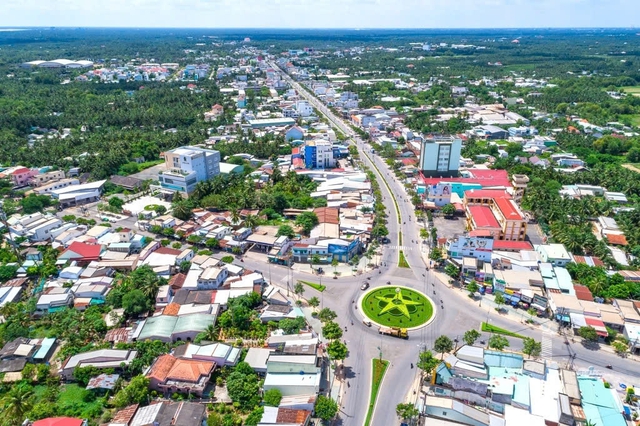Ha Noi leads nationwide effort to streamline apparatus
VGP - The local authorities of Ha Noi is taking the lead in restructuring its administrative apparatus, making bold moves to streamline, consolidate, and modernize city governance in line with Resolution No. 18-NQ/TW, dated November 25, 2027, promoting the restructuring of its apparatus to be 'Streamlined, Efficient, Strong, Effective, and Result-Oriented.'

Ha Noi is positioning itself as a pioneer in building a modern, unified, and efficient governance system
Comprehensive Review of Resolution 18-NQ/TW
According to a report presented by the Legal Affairs Committee of the Ha Noi People's Council, after seven years of implementation, the city has completed a comprehensive review and restructuring of its specialized agencies and public service units.
Chairman of the Legal Affairs Committee of the Ha Noi People's Council Duy Hoang Duong said that the restructuring eliminated overlapping functions, reduced redundancies, and improved the quality of staff. At the same time, he acknowledged remaining shortcomings, particularly inconsistencies in responsibility allocation and the delegation of authority among agencies.
The move follows the central government's directives, including amendments to the Law on Government Organization and the Law on Local Government Organization passed at the 9th extraordinary session of the 15th National Assembly. The restructuring also aligns with guidelines in Document No. 24/CV-BCDTKNQ18 issued by the Steering Committee for the review of Resolution 18-NQ/TW.
Restructuring city's apparatus
At its 21st session in February, the Ha Noi People's Council passed a resolution to reorganize eight specialized agencies and administrative organizations under the Ha Noi People's Committee.
Key changes include:
Department of Finance: Formed from the merger of the Department of Planning and Investment and the Department of Finance. The new body manages 17 units, down 26 percent, with 449 staff.
Department of Agriculture and Environment: A consolidation of the Department of Natural Resources and Environment with the Department of Agriculture and Rural Development. The department now oversees 25 units, down 32 percent, with 2,571 staff.
Department of Science and Technology: Created from the merger of the Department of Information and Communications with the Department of Science and Technology. It now manages 12 units, down nearly 43 percent, with 358 staff.
Department of Home Affairs: Formed by merging the Department of Labor, War Invalids, and Social Affairs with the Department of Home Affairs. It supervises 22 units, down 24 percent, with 1,521 staff.
Office of the City People's Committee: Expanded to absorb the Department of Foreign Affairs, investment promotion abroad, and press management functions. It now has 13 units, down 23.5 percent, with 362 staff.
Department of Construction: Established from the merger of the Department of Construction and the Department of Transport. It manages 23 units, down 23.3 percent, with 1,346 staff.
Department of Ethnic and Religious Affairs: Newly created from the City Ethnic Affairs Committee and the Religious Affairs Board, with four divisions and 59 staff.
Management Board of High-Tech and Industrial Parks: Formed from the merger of the Management Board of Industrial Parks and Export Processing Zones with the Hoa Lac High-Tech Park Board. It manages 11 units and 229 staff.
Significant reductions
Before the reforms, the Ha Noi People's Committee oversaw 23 agencies—21 specialized departments and two administrative organizations. After restructuring, this has been reduced to 15 specialized departments (down six, or 29 percent) and one administrative organization (down one, or 50 percent).
The number of internal divisions within departments has also been cut by more than 15 percent, in line with central government guidelines.
Toward a unified and modern governance system
City officials stressed that the new structure reflects the principle of alignment between local agencies and their corresponding central ministries, ensuring uniformity across levels of government. Departments have been redesigned to be multifunctional, concise, and results-oriented.
The restructuring plan was reviewed and approved by both the Standing Committee and the Executive Committee of the Ha Noi Party Committee, ensuring compliance with procedures and regulations.
By taking decisive steps ahead of other localities, Ha Noi is positioning itself as a pioneer in building a modern, unified, and efficient governance system that extends seamlessly from the central to the district level./.

